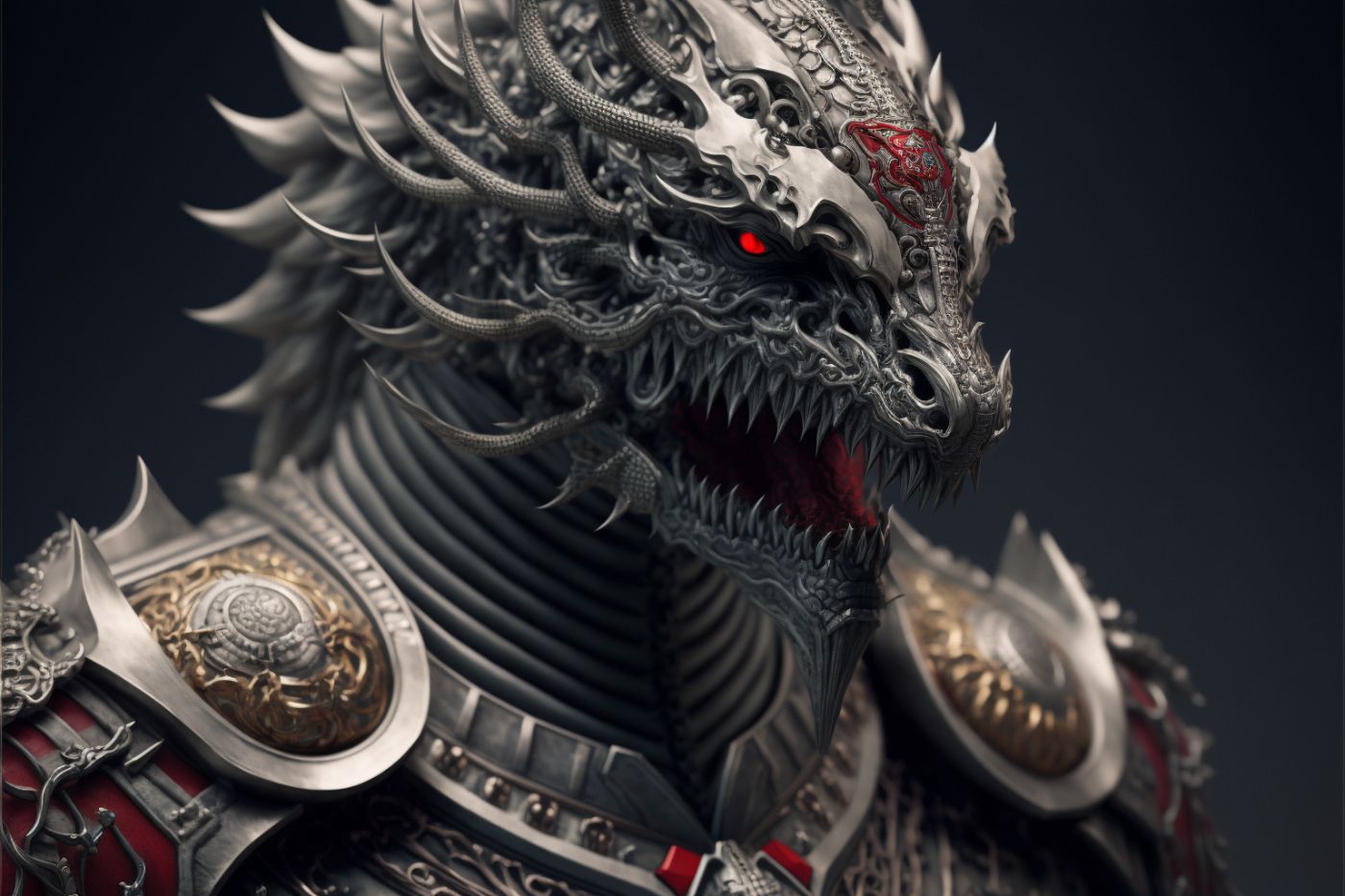292 reads
The BTC Ecosystem: The New Wild West for Blockchain Developers 🌵🤠
by
November 14th, 2023
Audio Presented by

Middle-aged and determined to reinvent myself in the world of programming
Story's Credibility

About Author
Middle-aged and determined to reinvent myself in the world of programming